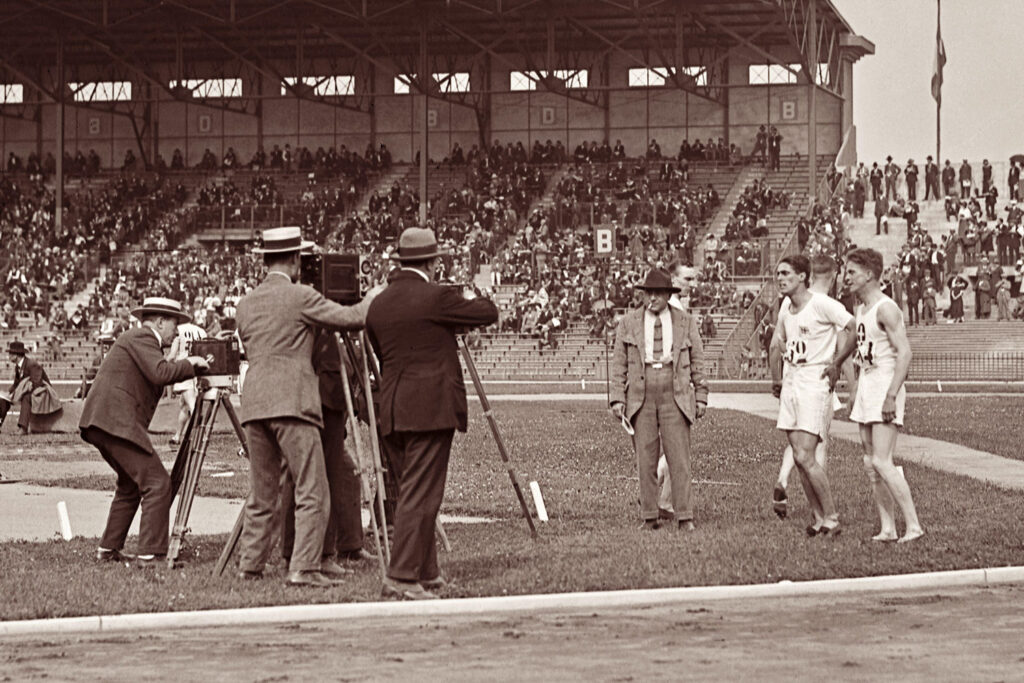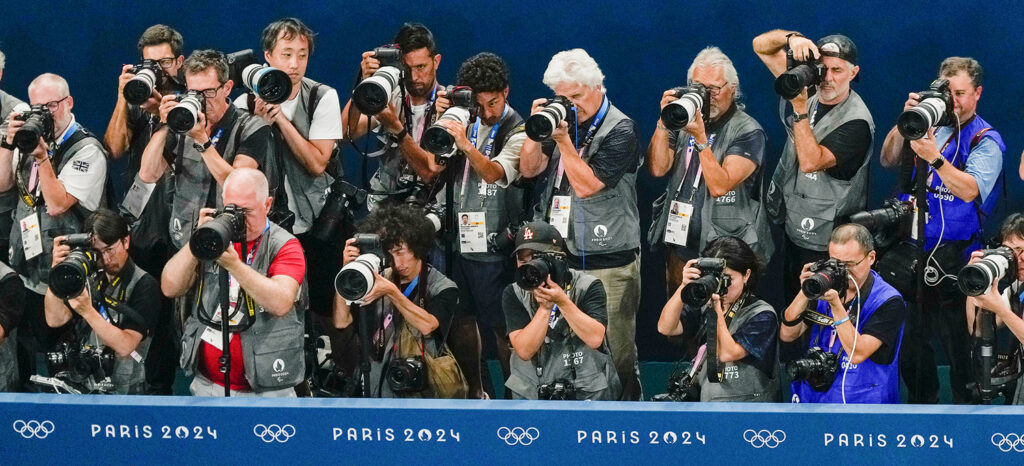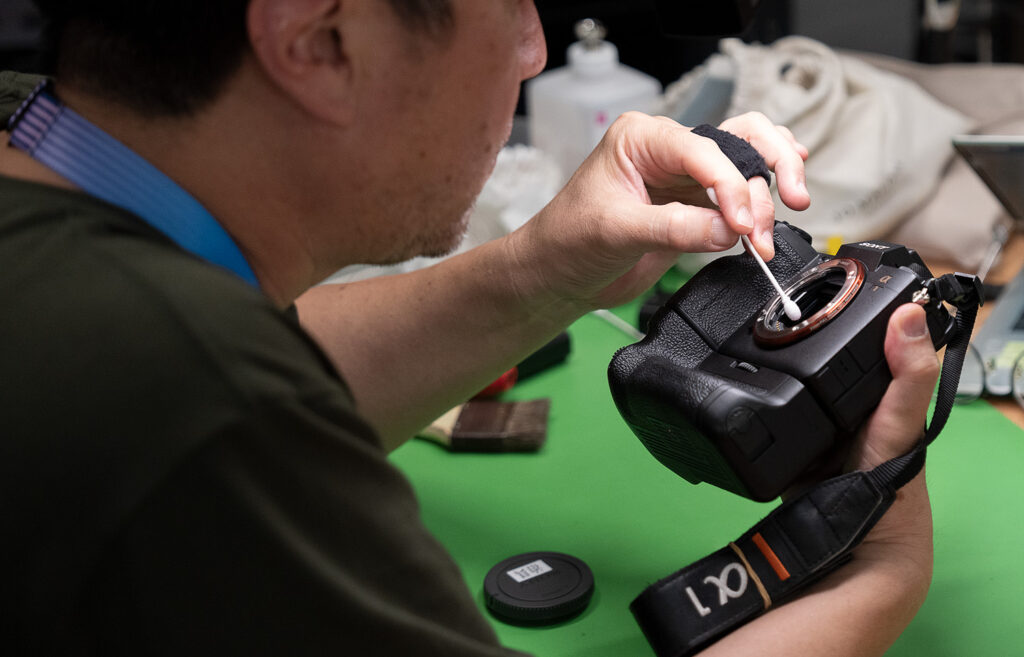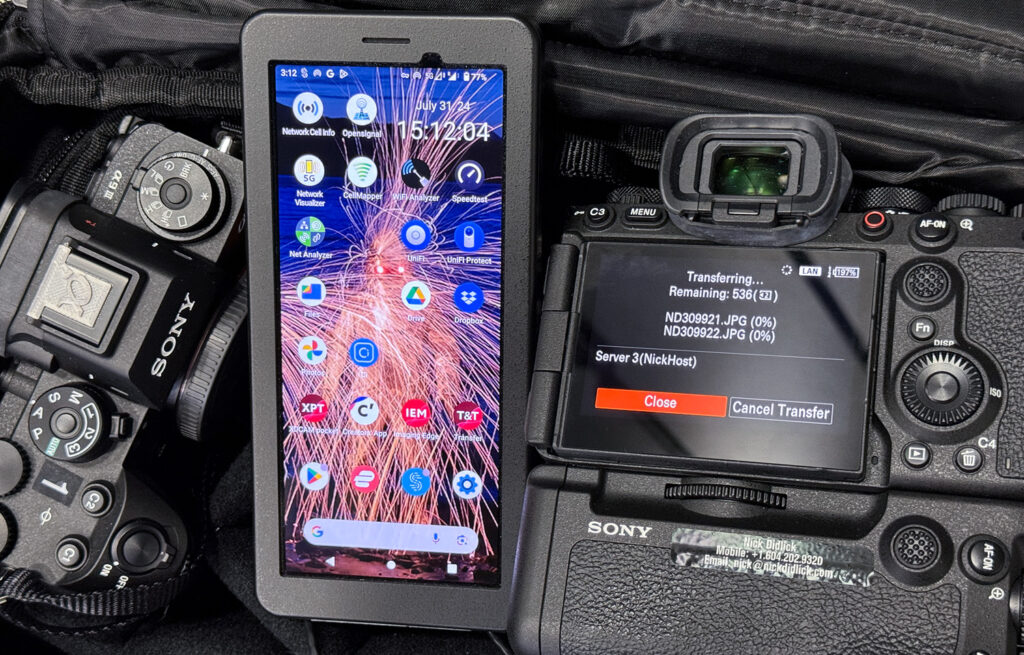
What a difference 100 years makes.
As I wait for the 2024 Olympic gymnastics competition to start, I reflect on my first Olympics, the 1984 Sarajevo Winter Olympics, which took place forty years ago.
But then I realized that Paris held their first Summer Olympics in 1924, 100 years ago and what a difference a century ago. As an Olympic photographer, my profession has seen many changes in forty years, but looking back to the 1924 Paris Summer Olympics, the changes have been astonishing.

In 1924, radio broadcasts were on the rise, automobiles were more prevalent, Students were using slate tablets, and “computers” were human beings that operated calculating machines. Photographers covering the Paris 1924 Olympics used large-format roll film and Speed Reflex cameras. Newspapers featured mostly graphics, and Television was in its infancy. Magazines and News Reels carried the visual reporting of the day.
Today, in this world of instant communications, pictures are sent directly from the camera to customers worldwide in less time than it takes to run the Olympic 100-meter dash, less than 10 seconds.

Camera manufacturers Sony, Canon, and Nikon support the 1600 photographers covering these games with minor repairs and loans, which are critical to any Olympic photographer’s coverage. Sony, for example, has over 600 lenses and 1300 lenses for loan to accredited photographers, along with about 80 staff during the games to help photographers capture the best sporting images.

The service of modern equipment has changed from a hundred years ago when cameras were mechanical and the process was chemical to produce black-and-white images. Today’s modern cameras are all mirrorless electronic and capable of much more.

The Alpha 9MIII, for example, is the world’s first global shutter professional camera that can shoot 120 frames per second at 1/80,000 of a second, capturing 100% distortion-free images with flash sync at any shutter speed (flash photography is not permitted at the Olympics).
All the technology built into the Alpha 9MIII makes it difficult for the average user to understand everything. Pre-capture, for example, allows the Alpha 9MIII to go back in time for up to one second after the shutter is pressed to capture moments you missed.

Think of this as an instant replay of a moment your eye saw, but your hand-eye coordination was missed. It can do this while autofocusing and tracking the subject’s eye at 120fps. It’s magic, like seeing a print develop before your eyes for the first time in a darkroom.

It is not just cameras and lenses that have evolved. The planning for Olympic photo positions has evolved, too, along with the technology to transmit images worldwide from your photo position (no more shipping film to be processed for later transmission). Photographers’ language has changed to words like Ethernet, WiFi, Bit Rate, VLAN, MAC address, and ESim, replacing words like Film, HC-110, and Dektol.
When a photographer takes up a photo position, they put down their gear and look for the nearest ethernet connection for their camera to send pictures instantly to editors and clients worldwide.

Photographers use devices like the Sony PDT-FP1 portable data transmitter to send photos from anywhere when there is no cabled internet. Photographers used them to send pictures from the photographers on the Team boats travelling down the Seine River with the athletes. It has become essential in a sports and photojournalist’s kit working on tight deadlines (see my blog here).
As if all this wasn’t enough, many remote and robotic cameras are installed at the track and field, swimming, gymnastics, and other venues. The Associated Press photo team uses the new AIR (Advanced Imaging Robotics), which Advanced Imaging Robotics and Sony developed in Gymnastics and other venues. In addition, Rocosoft software is used to control other robotic and remote cameras.

All these robotic positions were in the planning two years before the games, installed three weeks before the Opening ceremonies, and used heavily in all venues. These cameras aim to provide unique sports images in locations you cannot get to during the games.

While the Olympics is all about sports and the best sports performances, behind the scenes, it’s the same for the photographers and camera manufacturers competing for the best sports imagery. It’s a highly competitive industry, and seeing who gets the Gold in photography and technology will be interesting.
What a difference a century makes.
